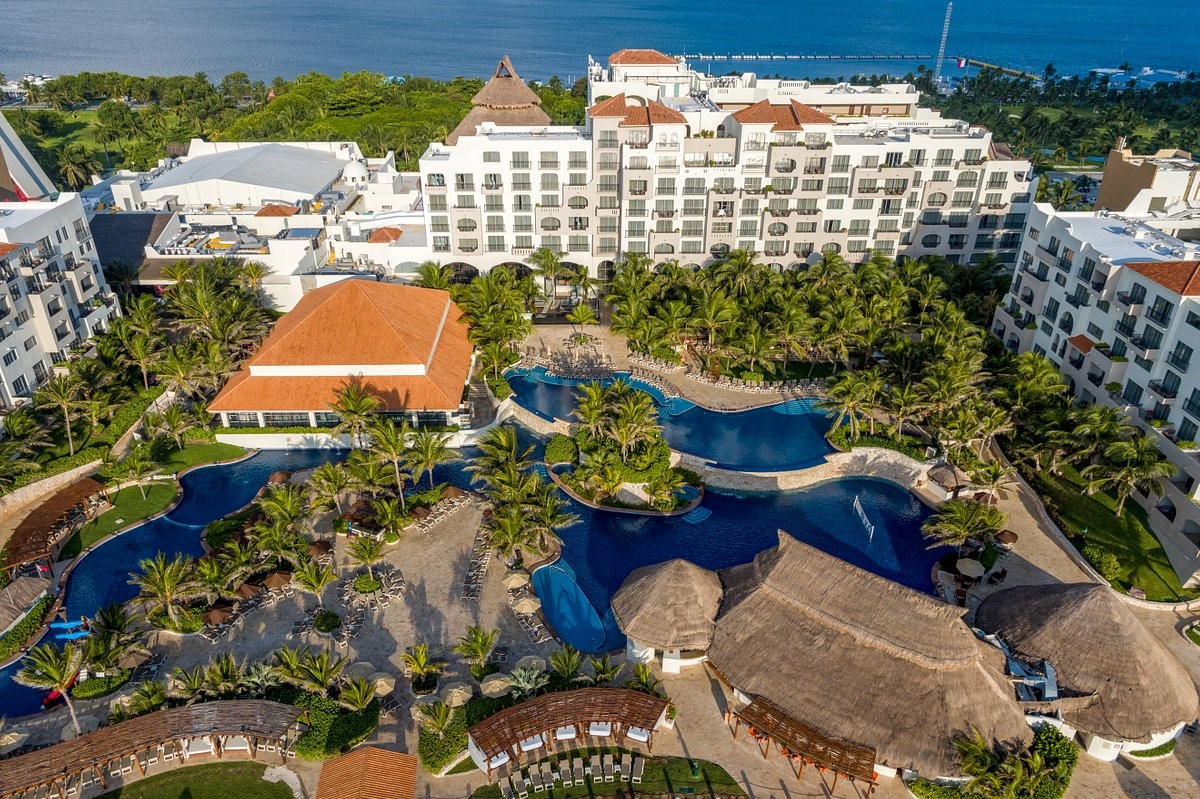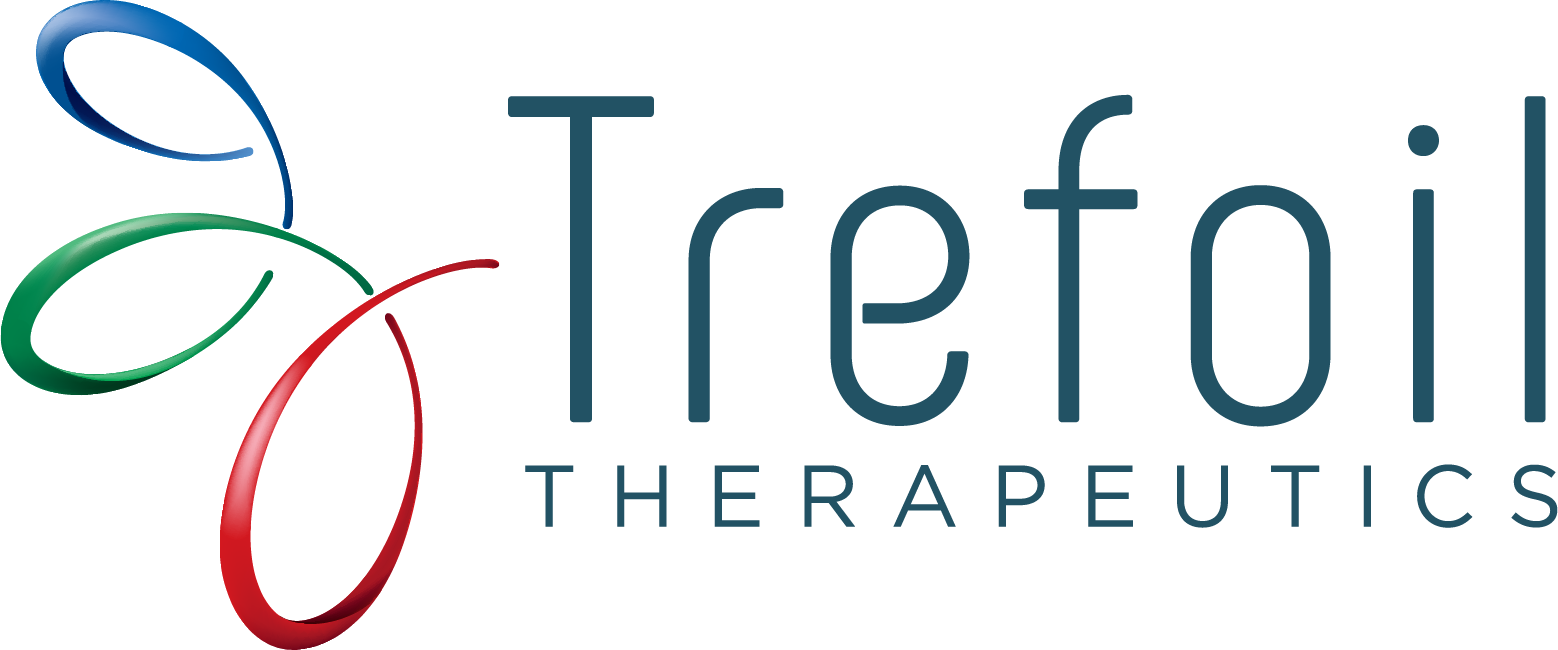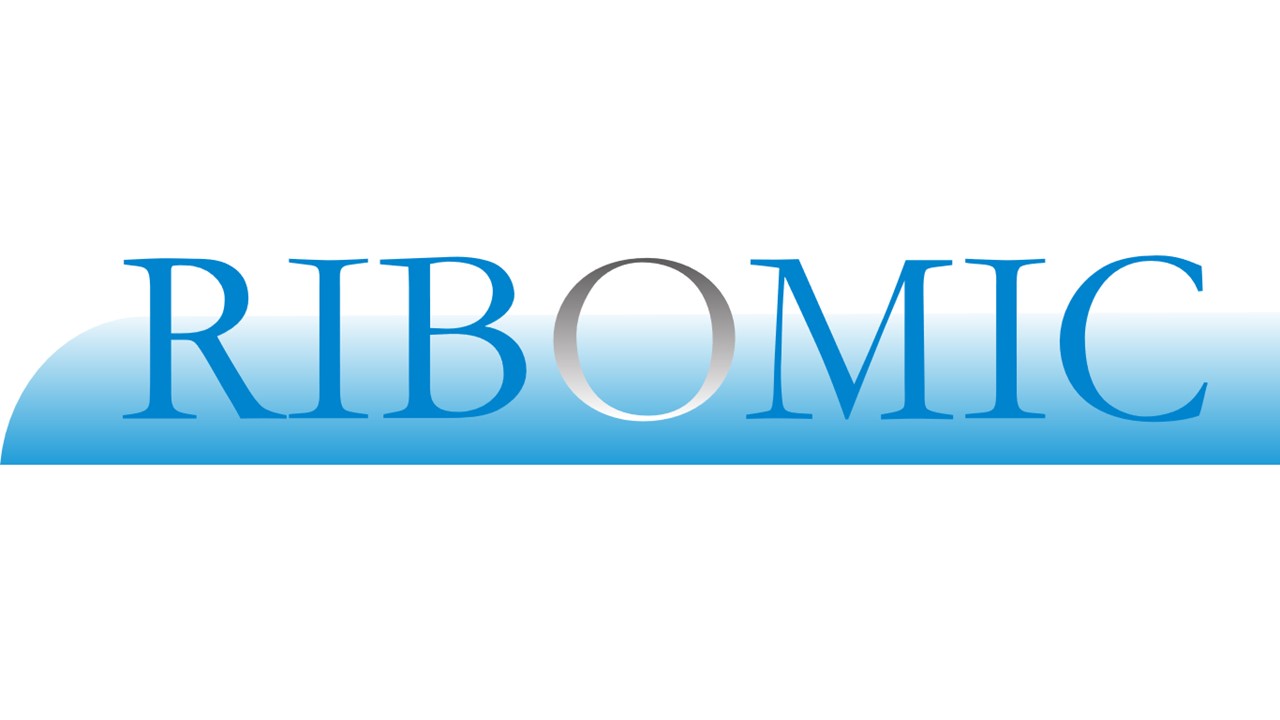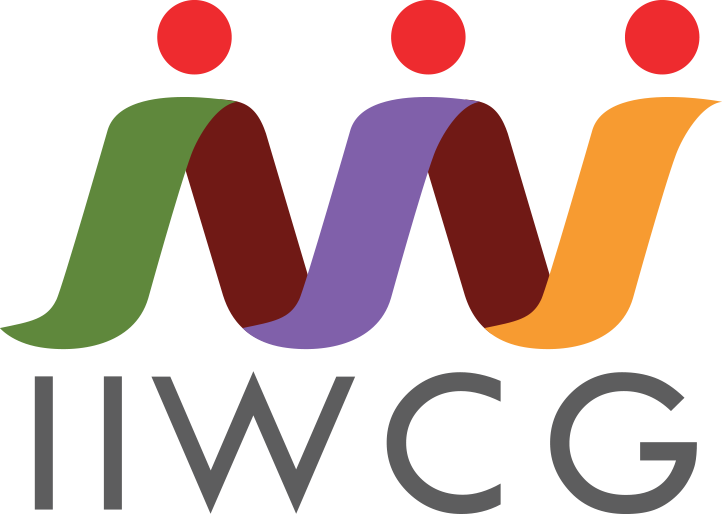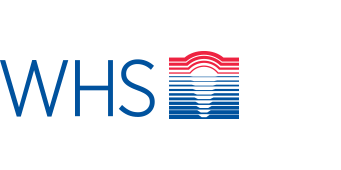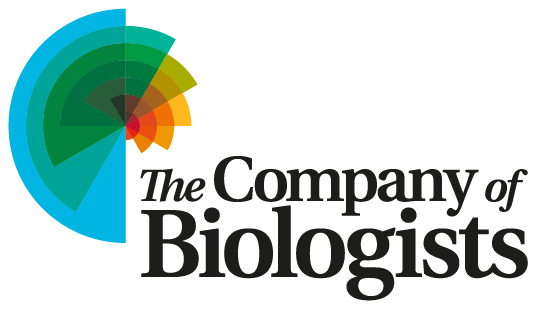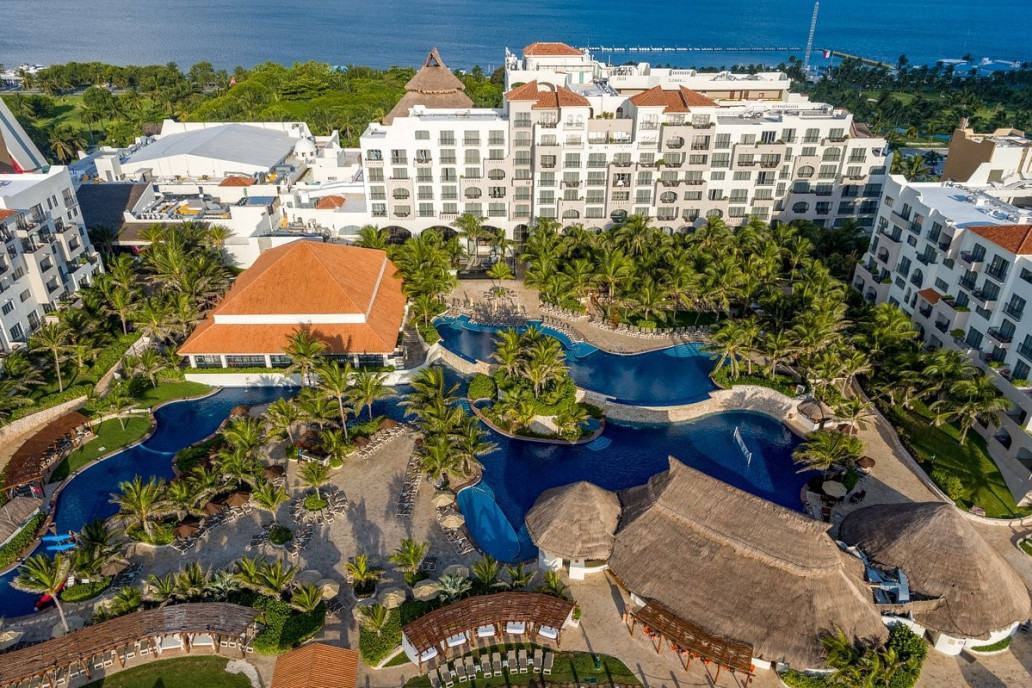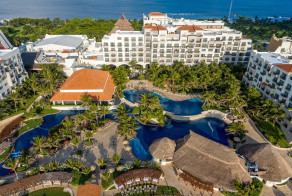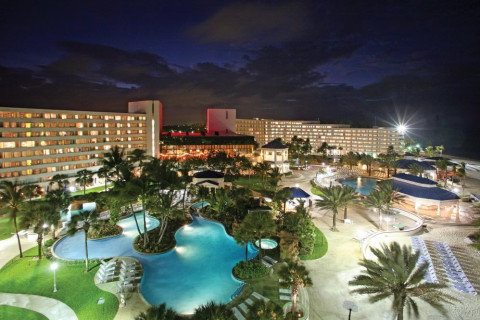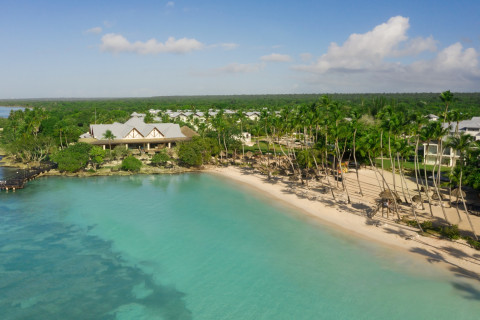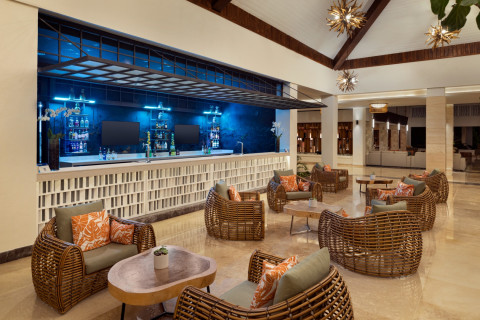- Home
- Past Conferences
- 4th Growth Factors in Regeneration & Regenerative Medicine Conference
4th Growth Factors in Regeneration & Regenerative Medicine Conference
#GFRRM23
09 Feb - 12 Feb 2023
Cancun, Mexico
-
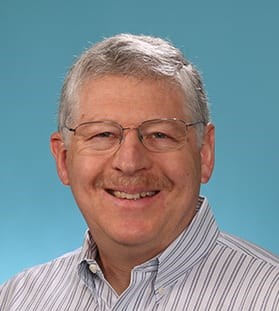
David Ornitz
Washington University
-
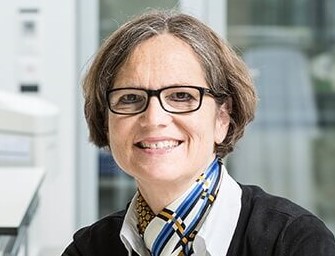
Sabine Werner
ETH Zurich Institute of Molecular Health Sciences
Early Bird - Expired • Talk Submission - Expired • Poster Submission - Expired • Registration & Payment Deadline - Expired
Synopsis
If you are interested in this meeting but not yet ready to register, you can sign up for updates here and our team will keep you updated regarding deadline reminders and grant opportunities relating to this meeting only.
This conference is a continuation of the Fibroblast Growth Factors in Development and Repair series with an expanded scope that includes other growth factors and cytokines that are involved in tissue repair and regeneration/regenerative medicine.
The Growth Factors in Regeneration and Regenerative Medicine Fusion Conference aims to bring together researchers and clinicians from different disciplines with an interest in the function of growth factors in tissue regeneration and their use for regenerative medicine. This meeting will provide a unique opportunity for academic and industrial researchers and clinicians to meet each other, to discuss projects, and to initiate new and in some cases highly interdisciplinary research projects and collaborations.
See what our past particpants said about the FGF/Growth Factors series:
"Thank you for organizing such a great conference and giving me the opportunity to be a part of it. It was so very welcoming...I do have more exciting unpublished results addressing the mechanisms of FGF signaling and tissue development. I hope to share them in the future meetings"
"Thanks once again for organising such a great meeting... Do not stop having them!!..."
Key Sessions
- Role of growth factors in stem cell biology
- Extracellular matrix regulation of growth factor signalling in tissue repair and regeneration
- Vasculature in tissue repair and regeneration
- Immune system in tissue repair and regeneration
- Growth factor function in tissue repair vs. cancer
- Growth factor-based tissue engineering for repair and regeneration
Student Offer
Take advantage of this fantastic opportunity for students! Fully paying academics can bring a student for only $890. Unfortunately, Postdocs are not eligible. Both registration packages include; accommodation for the 09, 10, 11 February 2023 (on a shared basis for students) and a 24hour all-inclusive food and beverage package for the conference period. Once registered, please contact Amy Johnson to obtain a special registration link for your student.
Confirmed Invited Speakers:
Ulrich auf dem Keller (Technical University of Denmark)
PROTEASE SIGNALING IN SKIN INFLAMMATION AND REPAIR
Xing Dai (University of California, Irvine)
EPITHELIAL PLASTICITY, METABOLISM, AND CELL-CELL COMMUNICATION IN SKIN WOUND HEALING - NEW APPROACHES TO AN OLD PROBLEM
Stijn De Langhe (Mayo Clinic, Rochester)
NICHE-MEDIATED REPAIR OF AIRWAYS IS DIRECTED IN AN OCCUPANT-DEPENDENT MANNER
Nikolaos Frangogiannis (Albert Einstein College of Medicine)
CARDIAC FIBROSIS: CELLULAR MECHANISMS AND THERAPEUTIC TARGETS
Boris Hinz (University of Toronto)
MYOFIBROBLASTS, MACROPHAGES, AND TGF-BETA
Jeffrey Hubbell (University of Chicago)
ENHANCING CYTOKINE FUNCTION THROUGH BINDING TO EXTRACELLULAR MATRIX
Luisa Iruela-Arispa (Northwestern University)
MOLECULAR MECHANISMS OF ENDOTHELIAL CELL REGENERATION
Karen Lyons (UCLA)
BMP/TGFBETA CROSSTALK IN OSTEOARTHRITIS PROGRESSION
Lukas Sommer (University of Zurich)
THE ROLE OF PERIPHERAL GLIAL CELLS IN SKIN WOUND HEALING AND SKIN CANCER
Paul Martin (University of Bristol)
LIVE IMAGING INFLAMMATION AND ITS CONSEQUENCES IN WOUND REPAIR AND CANCER
Helen McNeill (Washington University)
FAT CADHERINS IN GROWTH CONTROL AND REGENERATION
Mayssa Mokalled (Washington University)
PRO-REGENERATIVE GROWTH FACTORS DURING INNATE SPINAL CORD REPAIR
Pura Muñoz-Cánoves (Pompeu Fabra University)
IMPROVING REGENERATION OF AGED MUSCLES
Shruti Naik (NYU Langone Health)
EAVESDROPPING ON THE CONVERSATION BETWEEN IMMUNE AND EPITHELIAL CELLS IN TISSUE REPAIR
Maksim Plikus (University of California, Irvine)
SEEKING STEM CELL ACTIVATORS IN THE HAIR FOLLICLE MODEL
Yuval Rinkevich (Helmholtz Zentrum München)
MECHANISMS OF ECM TRANSFER
Robert Schwabe (Columbia University)
FIBROBLAST-EXPRESSED GROWTH FACTORS AND EXTRACELLULAR MATRIX DETERMINE THE BALANCE BETWEEN REGENERATION, INJURY AND CANCER DEVELOPMENT IN THE LIVER
Maria Sibilia (Medical University Vienna)
MICROENVIRONMENTAL DRIVERS OF INFLAMMATION AND TUMORIGENESIS
Eileen Shore (University of Pennsylvania)
HETEROTOPIC OSSIFICATION – A DISORDER OF TISSUE REPAIR?
Lewis T. (Rusty) Williams (Walking Fish Therapeutics)
USING B CELLS TO DELIVER THERAPEUTIC PROTEINS TO SPECIFIC TISSUES
Joel Zindel (University of Bern)
PERITONEAL GATA6+ MACROPHAGES AND MESOTHELIUM-DERIVED FIBROBLASTS IN POST-SURGICAL WOUND HEALING AND ADHESION FORMATION
Target Audience
Growth factors control survival, proliferation, migration, metabolic functions and the gene expression program of all cells in the body. Upon injury, expression of many growth factors is upregulated, thereby stimulating proliferation and migration of cells at the site of injury. The correct interplay among different growth factors and their cross-talk with other injury-relevant signals is crucial for normal repair. While certain lower organisms have a strong regenerative capacity and can even regenerate complete amputated limbs, this capability is rudimentary in mammals where tissue injury most often results in scar formation with functional and aesthetical impairment. Therefore, there is a strong need to develop strategies to improve the repair/regeneration process. A detailed understanding of growth factor function in regenerating vs non-regenerating tissues and organisms will help to design such strategies. Based on this knowledge, the application of growth factors to injured tissues or activation of major growth factor signaling pathways has a strong potential to improve tissue regeneration. Such approaches require not only the design of suitable molecules, but also their appropriate delivery. All these aspects will be addressed at the Fusion Conference. The meeting is therefore of major interest for cell and developmental biologists, researchers and clinicians working in the area of tissue repair and regeneration, pharmacologists and bioengineers. We expect this meeting to attract people from academia, but also from various Biotechnology and pharmaceutical companies.
Growth factor research as well as tissue repair research are well represented at different places in the world, with major hubs in Europe, in the US, and in China. However, researchers from other countries also join such conferences.
Educational Need
Research on Growth Factor signalling pathways in stem cell biology, as mediators of tissue injury, and as potential therapeutics in regenerative medicine is rapidly progressing. Because of the rapid progress in these clinically relevant areas, there is a critical need to bring together researchers from academia and from the Biotechnology and Pharmaceutical industries, and clinicians, to share ideas and establish collaborations. There is an additional need to educate new researchers on the recent progress in understanding growth factors as mediators of disease and their use as therapeutics for regenerative medicine.
Confirmed Speakers
Chairs

David Ornitz
Washington University

Sabine Werner
ETH Zurich Institute of Molecular Health Sciences
Invited Speakers
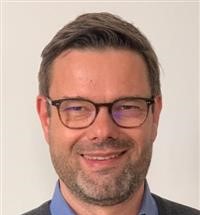
Ulrich Auf Dem Keller
Technical University of Denmark
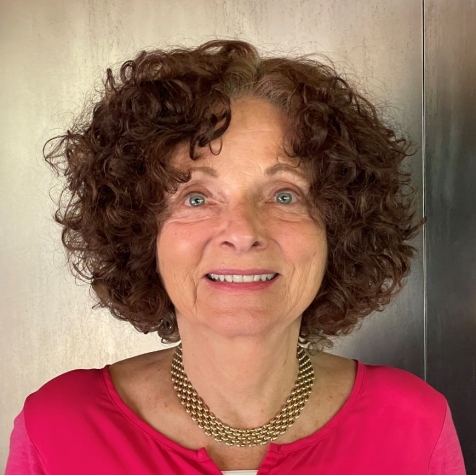
Helen Blau
Stanford School of Medicine
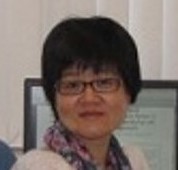
Xing Dai
University of California, Irvine
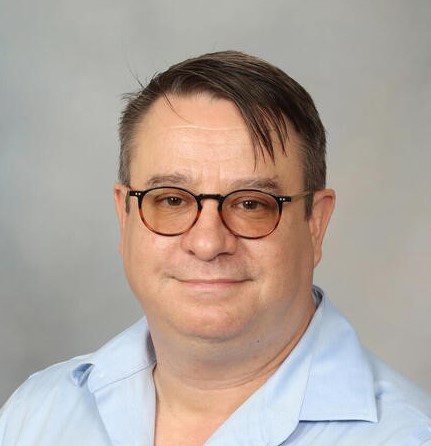
Stijn De Langhe
Mayo Clinic, Rochester
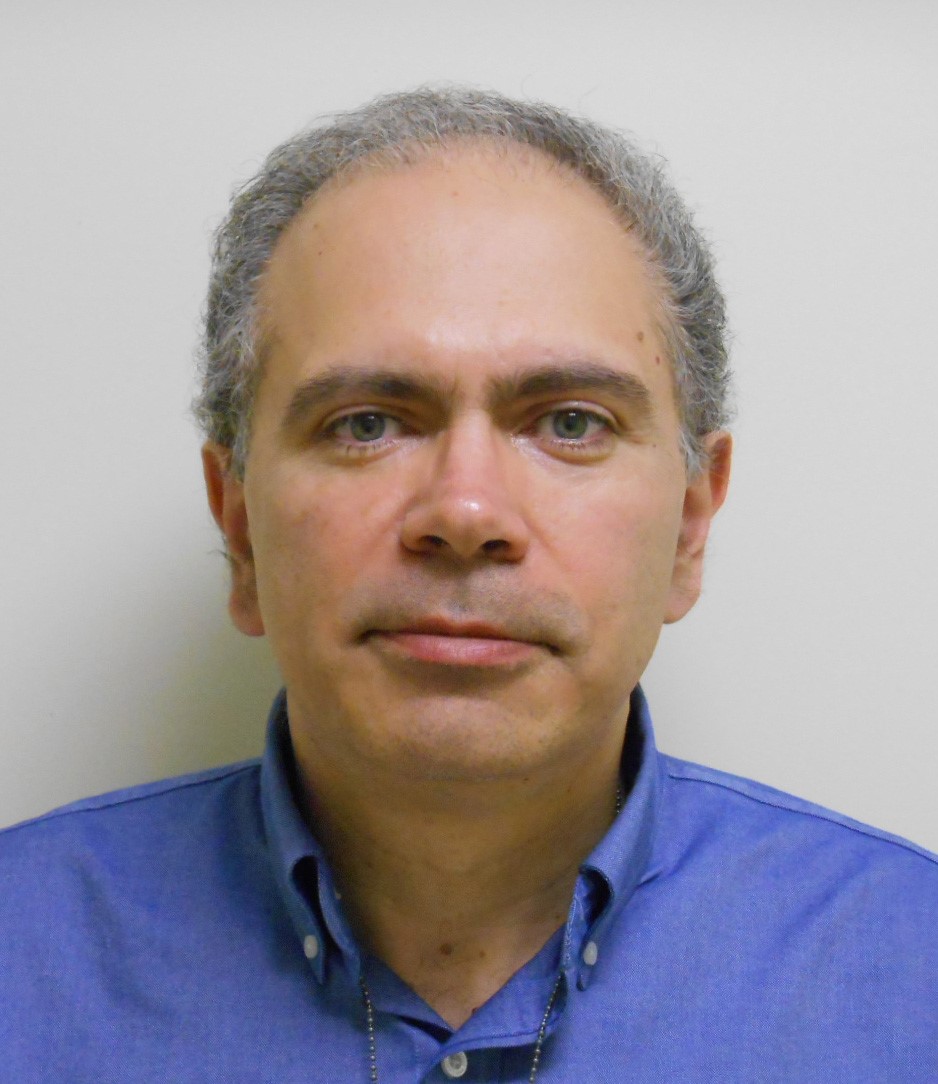
Nikolaos Frangogiannis
Albert Einstein College of Medicine
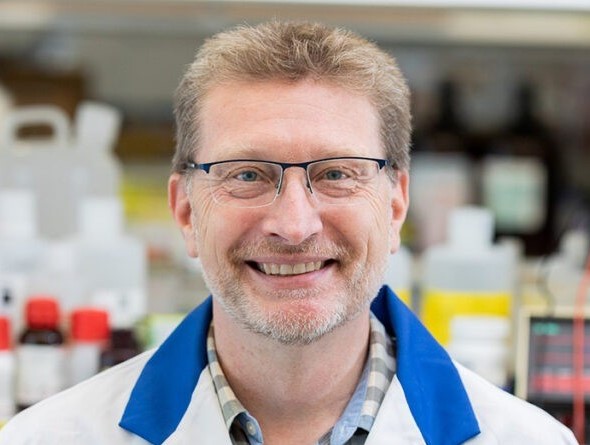
Boris Hinz
University of Toronto
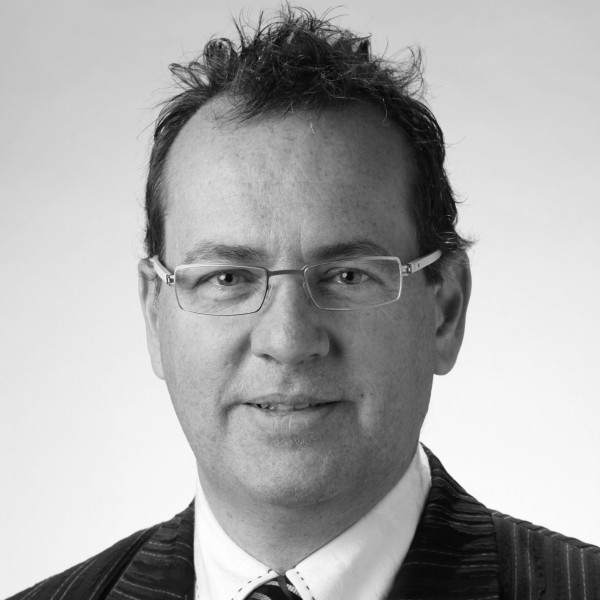
Jeffrey Hubbell
University of Chicago
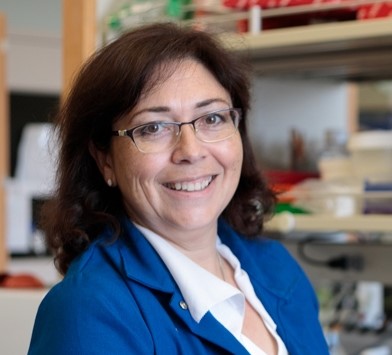
Luisa Iruela-Arispa
Northwestern University
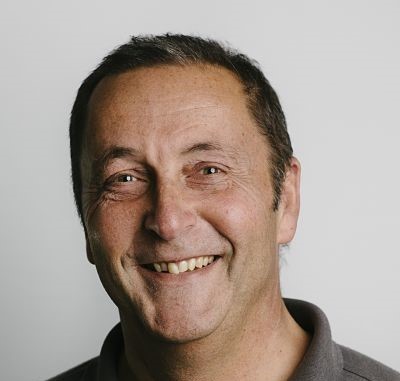
Paul Martin
University of Bristol
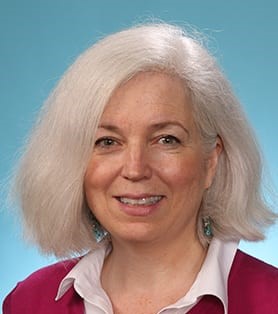
Helen McNeill
Washington University School of Medicine in St.Louis
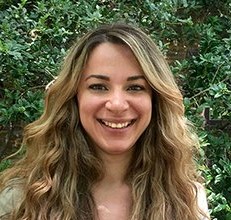
Mayssa Mokalled
Washington University School of Medicine in St.Louis
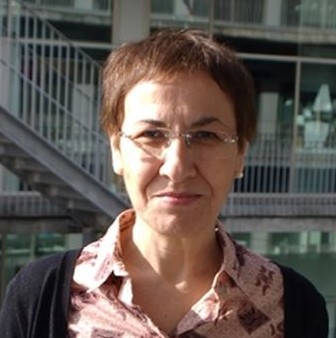
Pura Muñoz-Cánoves
Pompeu Fabra University
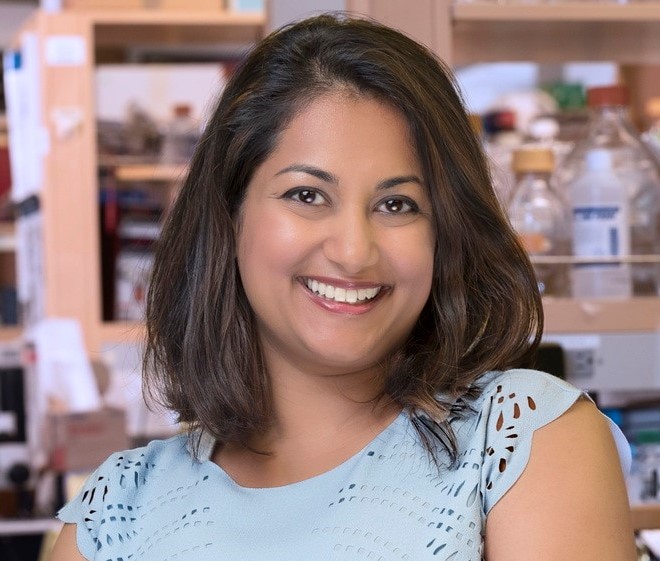
Shruti Naik
NYU Langone Health
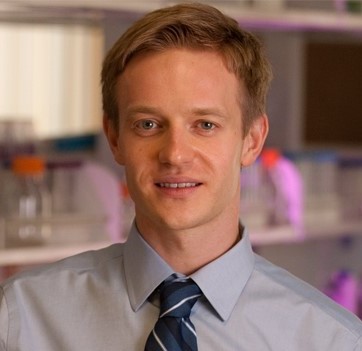
Maksim Plikus
University of California, Irvine
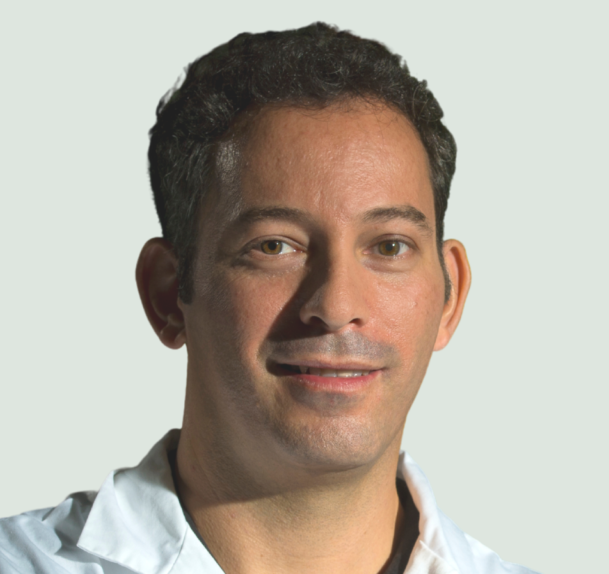
Yuval Rinkevich
Helmholtz Zentrum München
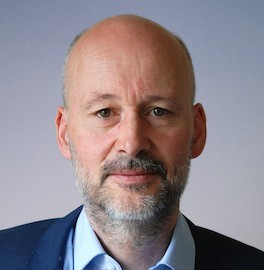
Robert Schwabe
Columbia University
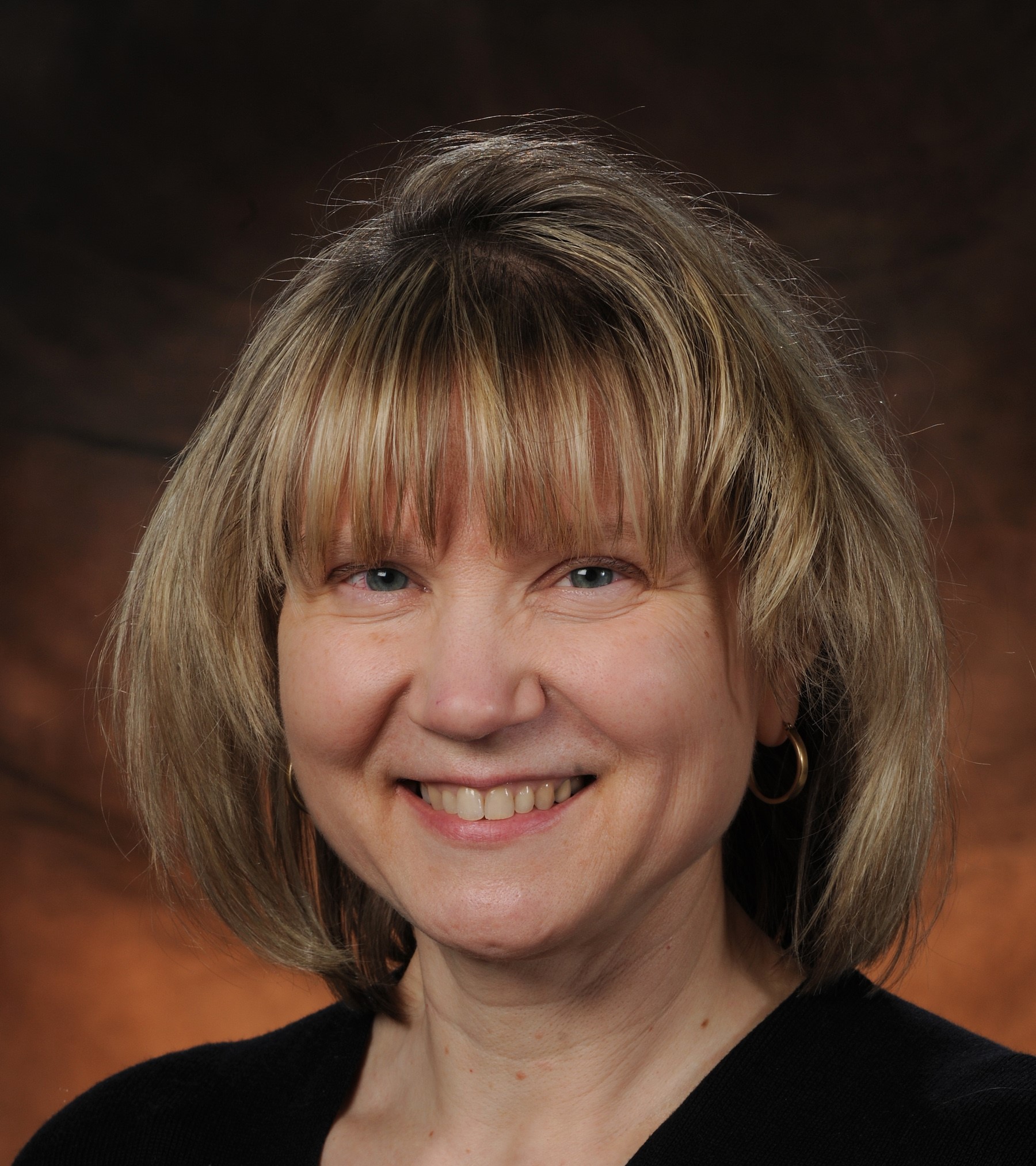
Eileen Shore
University of Pennsylvania

Maria Sibilia
Medical University Vienna
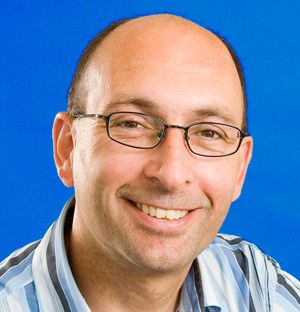
Lukas Sommer
University of Zurich

Lewis T. (Rusty) Williams
Walking Fish Therapeutics
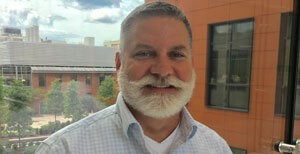
Thomas Wynn
Pfizer
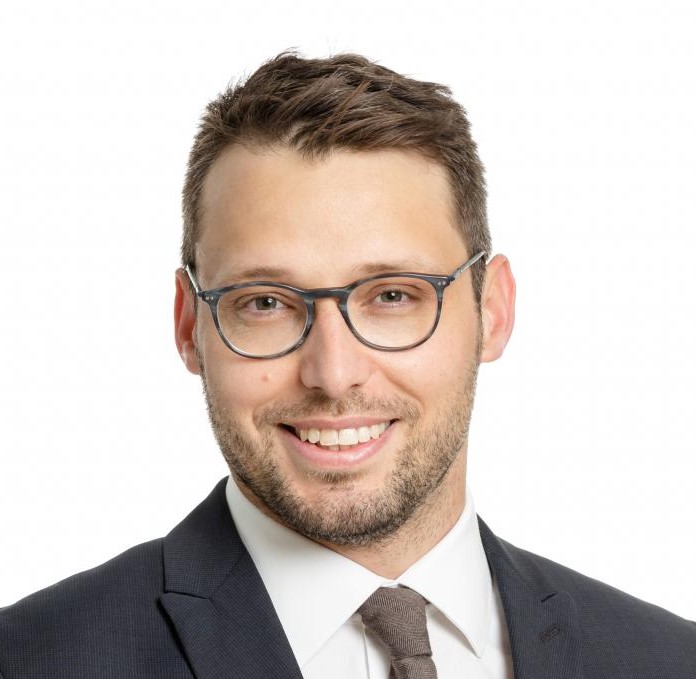
Joel Zindel
University of Bern
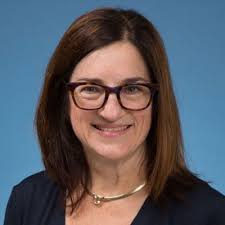
Karen Lyons
UCLA
Programme
Supported by
Interested in sponsoring this conference?
Contact usVenue & Location
Fiesta Americana Condesa Cancun All Inclusive
This stylish hotel features contemporary Mexican architecture, including one of the largest and most impressive thatched-roof "palapas" in the entire country. There are cultural activities, arts and crafts and sports programs to keep you constantly entertained, plus time to relax and enjoy the Mayan culture, soak up the Caribbean sunshine and revel in the international ambiance that settles in after the sun goes down.
Throughout your stay delegates will enjoy a full meal plan, inclusive of beverages. Take your pick from the aromatic Asian delights at Kaumbu, traditional fare at El Mexicano, delicious international cuisine at Kalmia Buffet or perhaps sample the sumptuous Italian dishes at Rosato. There are also several other dining opportunities such as the Cevichería, Pizzeria, Sushi Corner, pool and lounge bar areas. The Gala Night with either a Mayan or Caribbean theme takes place on the third evening of the conference with a mouth-watering feast of local cuisine, an open bar and amazing local entertainment. We welcome all delegates and their accompanying persons to the Gala Night – a truly fun filled night not to be missed!
Hotel Facilities
Lagoon Pool
Extensive Health Club and Spa
Complimentary Wi-Fi in guest rooms and throughout hotel and conference areas
General Information
Venue Rating
★ ★ ★ ★ ★
Currency
US Dollar (USD)
Address
Fiesta Americana Condesa Cancún All Inclusive Blvd. Kukulcan km 16.5 Zona Hotelera 77500 Cancun Q.R. Mexico
Nearest Airport
Cancun International Airport
Location
Cancun is a delightful combination of natural beauty, islands, ecological reserves and white sandy beaches. However, besides sun, sand and sea, this destination also offers an infinite variety of underwater activities to choose from: the diving, snorkelling and fishing here are outstanding and you will find an undersea world packed with tropical fish that live on the second largest barrier reef in the world. Sports enthusiasts might choose one of the many eco-tourism activities, such as cycling or hiking through the tropical forest or kayaking through mangroves, or something a little more adventuresome, like zip lining through the treetops.
Apart from the more well-known ancient Mayan archealogical sites such as Tulum, Cobá and Chichén Itzá you may like to visit the Aktun Chen caverns, voted one of the Top 10 underwater walks by National Geographic described as a truly magical experience.
Conference History
If you are interested in this meeting but not yet ready to register, you can sign up for updates here and our team will keep you updated regarding deadline reminders and grant opportunities relating to this meeting only.
If you're interested in sponsoring this conference please contact us.
Conference Manager
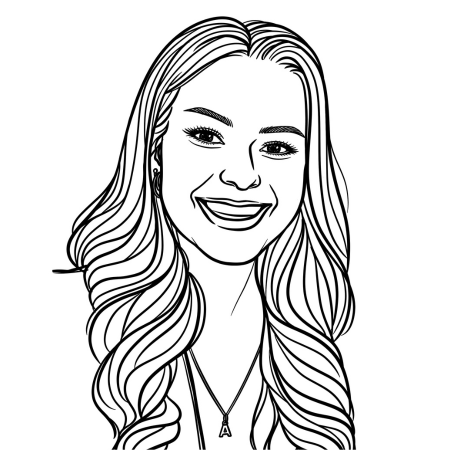
Amy Johnson
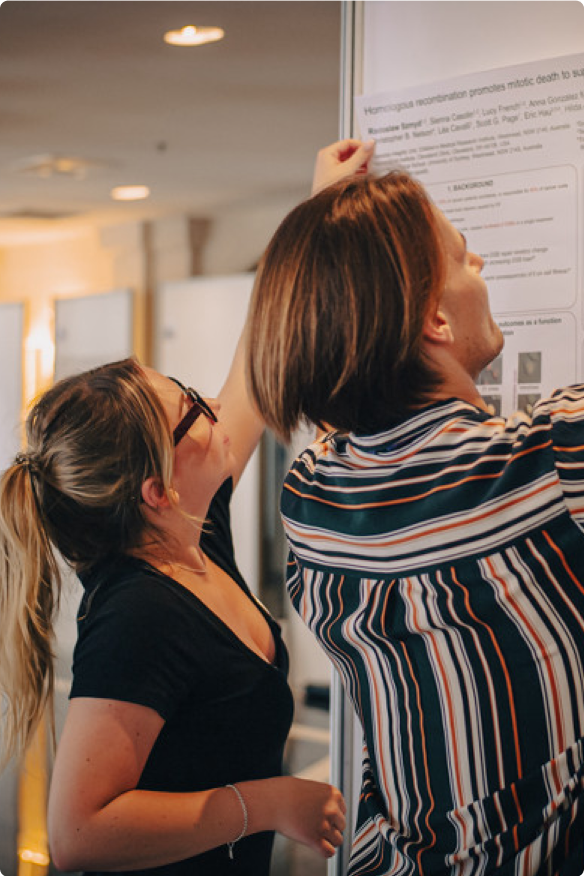
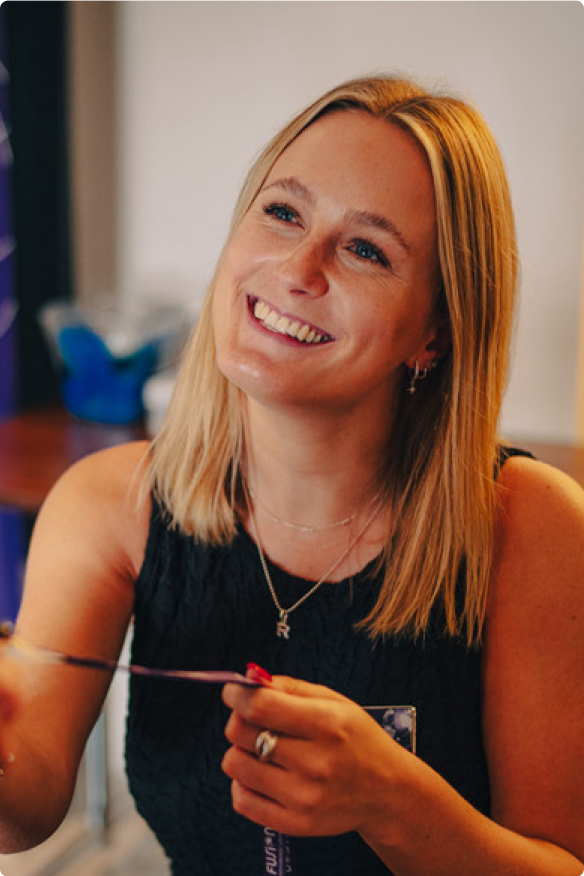
Need some help? Chat to the Fusion team today
As a family run business, our dedication runs deep. We’re committed to each other and, even more so, to every attendee’s experience, delivering a level of care and passion that’s truly unmatched.

